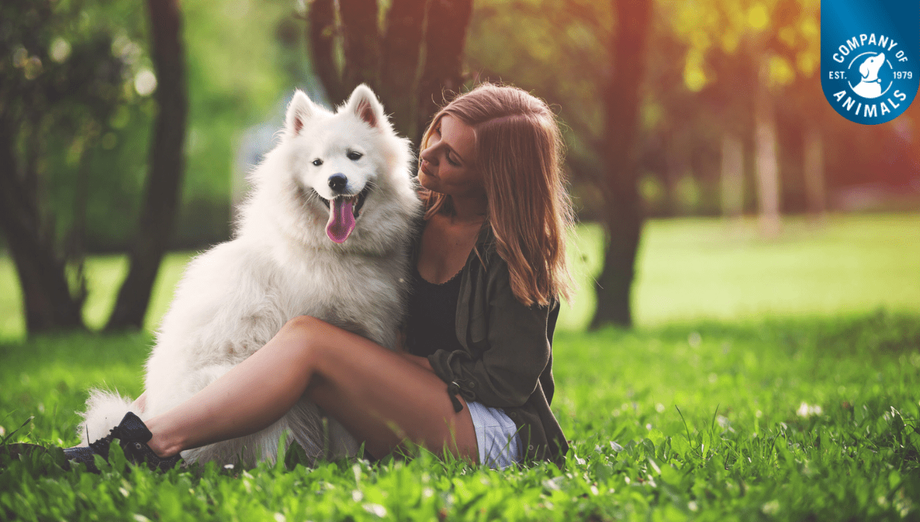For dog owners, ensuring the safety of both their pets and others is a top priority. A dog muzzle for biting is a practical solution for managing aggressive behavior, promoting safety, and easing tension in certain situations. But how do you choose the right muzzle and use it effectively? Here's what you need to know.
Why Consider a Dog Muzzle for Biting?
Muzzles are not just for aggressive dogs. They can be essential tools in various situations, such as:
- Preventing Bites: If your dog has a history of biting or shows signs of aggression, a muzzle acts as a safety barrier.
- Veterinary Visits: Dogs often feel stressed or scared at the vet, which may lead to unpredictable behavior.
- Socialization Training: A muzzle provides peace of mind during socialization, especially if your dog is learning to interact with other dogs or people.
Choosing the Right Dog Muzzle
Selecting the right dog muzzle for biting is crucial to ensure both comfort and functionality. Here are the types of muzzles commonly used:
- Basket Muzzle: This design is spacious and allows dogs to pant, drink water, and eat treats while preventing bites. It’s ideal for extended use.
- Soft Muzzle: Made of fabric or nylon, this type is better for short-term use but may restrict panting.
- Leather Muzzle: Durable and sturdy, leather muzzles are suitable for larger or stronger dogs.
When choosing a muzzle, measure your dog’s snout to find a proper fit. A well-fitted muzzle is snug but not too tight, allowing your dog to breathe and pant comfortably.
Training Your Dog to Wear a Muzzle
Introducing a muzzle should be a positive experience. Follow these steps:
- Acclimate Slowly: Let your dog sniff and examine the muzzle before putting it on. Use treats to create a positive association.
- Short Sessions: Start with short periods of wearing the muzzle and gradually increase the duration.
- Supervise Initially: Monitor your dog closely to ensure they adjust well and don’t show signs of distress.
Responsible Use of a Muzzle
A dog muzzle for biting is a management tool, not a solution for underlying behavior issues. Pair muzzle use with proper training and seek guidance from a professional trainer or behaviorist if needed.
Additionally, never leave your dog unattended while wearing a muzzle, as it can cause anxiety or discomfort over time.
Conclusion
Using a dog muzzle for biting is a responsible way to manage your pet’s behavior while ensuring safety in challenging situations. With the right type, proper fit, and positive reinforcement, a muzzle can be an effective tool in your dog’s training journey.

